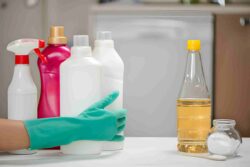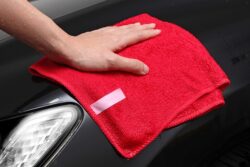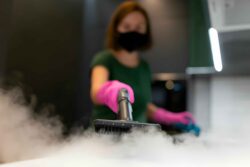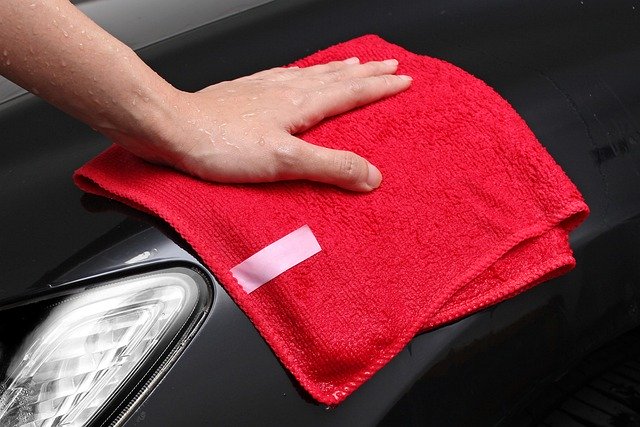Cleaning is an essential part of maintaining a healthy and comfortable living environment. However, the products we choose for cleaning can have a significant impact on our health and the environment. In this comprehensive guide, we will explore how to choose the right cleaning products for your home, taking into consideration your specific needs, health concerns, and environmental considerations. By the end of this article, you’ll be equipped with the knowledge to make informed decisions about the cleaning products you use in your home.
A clean home is not just visually appealing but also promotes a healthy and safe environment for you and your family. However, the cleaning products you use can play a crucial role in achieving this goal. Many commercial cleaning products contain harsh chemicals that can have adverse effects on health and the environment. Therefore, it is essential to choose the right cleaning products that align with your cleaning needs, health considerations, and environmental concerns.
Table of Contents
Understanding Your Cleaning Needs
Before you start shopping for cleaning products, it’s essential to assess your cleaning requirements. This involves considering the different surfaces and materials in your home, specific cleaning challenges you face, and the needs of the individuals living in your household.
Assessing Your Cleaning Requirements
- Different Surfaces and Materials: Your home likely has a variety of surfaces, including countertops, floors, appliances, glass, and more. Different materials require different cleaning approaches and products. For example, a hardwood floor may need a different cleaner than a granite countertop.
- Specific Cleaning Challenges: Take note of any specific cleaning challenges you face, such as stubborn stains, grease buildup in the kitchen, or mold and mildew in the bathroom. Identifying these challenges will help you select products designed to address them effectively.
Identifying Allergens and Sensitivities
Consider any allergies or sensitivities that you or your family members may have. Some cleaning products contain fragrances, harsh chemicals, or allergens that can trigger allergic reactions or worsen existing sensitivities. Identifying these issues will help you choose products that are gentle and hypoallergenic.
Considering Household Members
Keep in mind the individuals in your household, including children, pets, and the elderly. Children and pets may be more susceptible to the effects of harsh chemicals, so choosing safer options is crucial. Similarly, elderly family members may have sensitivities that need to be taken into account.
Also read 8 Pros and Cons of Using Natural Cleaning Products for Your Laundry
Types of Cleaning Products
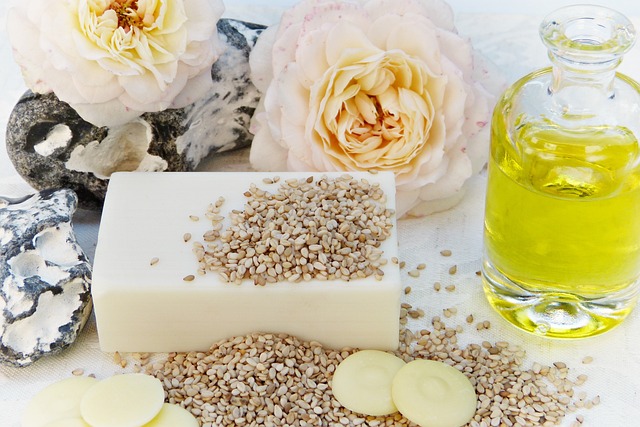
Cleaning products can be broadly categorized into two main types: chemical-based and natural or eco-friendly options. Understanding the differences between these types is essential for making informed decisions.
Chemical-Based Cleaning Products
- Common Ingredients and Their Effects: Many chemical-based cleaning products contain ingredients like ammonia, bleach, and phosphates. It’s important to know what these ingredients are and how they can affect your health and the environment.
- Pros and Cons: Chemical-based cleaners are often effective at tackling tough stains and germs. However, they can also be harsh on surfaces and pose health risks when used improperly.
Natural and Eco-Friendly Cleaning Products
- Ingredients to Look For: When choosing natural or eco-friendly cleaning products, look for ingredients like vinegar, baking soda, citrus extracts, and plant-based surfactants. These ingredients are generally safer for you and the environment.
- Advantages of Eco-Friendly Options: Eco-friendly cleaning products have several advantages, including reduced environmental impact, safer use around children and pets, and a decreased likelihood of triggering allergies or sensitivities.
How to Read Labels and Understand Ingredients
Once you have a basic understanding of the types of cleaning products available, it’s crucial to know how to read product labels and understand the ingredients listed.
Deciphering Product Labels
- Safety Symbols and Warnings: Pay attention to safety symbols and warnings on product labels. These symbols provide essential information about the product’s safe use and any potential hazards.
- Ingredients List: The ingredients list on the label is where you’ll find detailed information about what the product contains. Familiarize yourself with common terms and ingredients.
Harmful Chemicals to Avoid
To make informed choices, it’s essential to be aware of harmful chemicals commonly found in cleaning products and understand why they should be avoided.
- Phosphates: Phosphates can harm aquatic ecosystems and contribute to water pollution. Look for products that are phosphate-free.
- Chlorine: Chlorine is a powerful disinfectant but can release harmful fumes and negatively impact indoor air quality.
- Ammonia: Ammonia can be irritating to the respiratory system and eyes. Avoid products with high ammonia concentrations.
- VOCs (Volatile Organic Compounds): VOCs can contribute to indoor air pollution and are linked to various health issues. Opt for low-VOC or VOC-free products.
Understanding the Ingredients in Your Cleaning Products
Choosing the Right Product for Specific Tasks
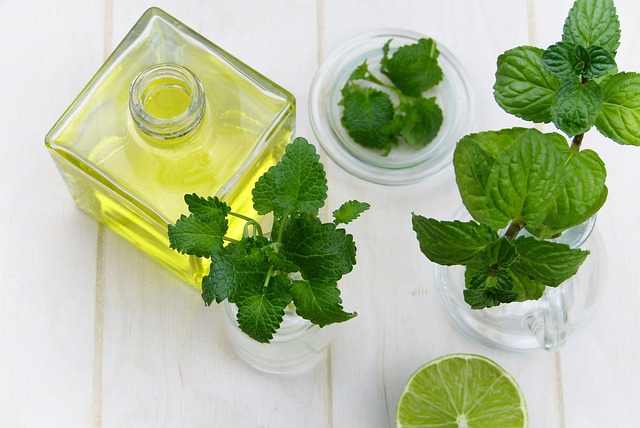
Different cleaning tasks require different products. Here are some common cleaning tasks and the products best suited for them:
Multi-Purpose Cleaners
These are versatile and can be used on various surfaces, making them a convenient choice for everyday cleaning.
Kitchen and Bathroom Cleaners
These are formulated to tackle grease, soap scum, and mineral deposits commonly found in these areas.
Floor and Carpet Cleaners
Choose products specifically designed for the type of flooring or carpet you have. Some are suitable for hardwood, while others are for tile or carpet.
Glass and Window Cleaners
These are formulated to leave streak-free, sparkling glass surfaces.
Disinfectants and Sanitizers
Especially important during cold and flu seasons, these products help kill germs and bacteria.
Specialized Products
Some surfaces like stainless steel or leather require specialized cleaning products to maintain their appearance and integrity.
Selecting the right product for each task ensures efficient cleaning and protects the surfaces in your home.
Allergies and Sensitivities
If you or your family members have allergies or sensitivities, it’s crucial to choose cleaning products that won’t exacerbate these issues.
Hypoallergenic Cleaning Products
These products are designed to minimize allergens and irritants, making them suitable for individuals with allergies.
Fragrance-Free Options
Avoid products with strong fragrances, as these can trigger respiratory issues in sensitive individuals.
Testing for Allergies and Sensitivities
Conduct patch tests or use a small amount of a new product in a inconspicuous area to check for adverse reactions before widespread use.
Environmental Impact
The environmental impact of cleaning products is an important consideration, given the global focus on sustainability and reducing carbon footprints.
How to Assess a Product’s Environmental Footprint
Look for information on a product’s packaging or website regarding its environmental impact. Some products are certified as environmentally friendly.
Biodegradable and Cruelty-Free Options
Choose products that are biodegradable and not tested on animals to minimize harm to the environment and animals.
Reducing Waste with Refillable Containers
Some brands offer refillable containers, reducing plastic waste and packaging.
By opting for environmentally friendly products, you can contribute to a healthier planet.
DIY Cleaning Products
For those who want complete control over the ingredients in their cleaning products, making your own cleaners at home is an option worth exploring.
Benefits of Making Your Own Cleaning Products
DIY cleaning products allow you to customize formulas, reduce exposure to chemicals, and often save money.
Common DIY Cleaning Recipes
Explore simple DIY recipes using ingredients like vinegar, baking soda, lemon juice, and essential oils.
Safety Precautions When Using Homemade Cleaners
Be aware of potential risks when mixing your own cleaning products, and store them safely away from children and pets.
Testing and Research
Before purchasing cleaning products, it’s wise to do some research to find the best options for your needs.
Product Reviews and Recommendations
Online reviews and recommendations from friends and family can provide valuable insights into product effectiveness and safety.
Consumer Reports and Expert Opinions
Consult consumer reports and expert opinions from organizations such as the Environmental Working Group (EWG) for product evaluations.
Gathering Feedback from Friends and Family
Personal recommendations from people you trust can help you discover effective and safe cleaning products.
Proper Storage and Usage
Even the right cleaning products can pose risks if not stored and used correctly.
Storing Cleaning Products Safely
Keep cleaning products out of reach of children and pets, and store them in a cool, dry place away from direct sunlight or heat sources.
Correct Usage Instructions
Follow the manufacturer’s usage instructions carefully to ensure effective cleaning while minimizing risks.
Disposal of Old or Unused Products
Dispose of old or unused cleaning products according to local regulations. Avoid pouring them down drains or toilets unless recommended on the label.
Budget Considerations
Budget constraints are a reality for many households, but it’s still possible to make responsible cleaning product choices without breaking the bank.
Finding Affordable Cleaning Products
Look for budget-friendly options that align with your cleaning needs and values.
Balancing Cost with Quality
Consider the cost per use rather than the initial price. High-quality products may be more cost-effective in the long run.
Saving Money with Bulk Purchases
Some cleaning products are available in bulk sizes, which can save you money and reduce packaging waste.
Conclusion
Choosing the right cleaning products for your home involves considering your specific needs, understanding product labels, ensuring effectiveness and safety, and considering environmental impact. By taking these factors into account and following the tips outlined in this guide, you can make informed decisions that contribute to a cleaner and healthier living environment.
In conclusion, choosing the right cleaning products for your home is a crucial step in maintaining a clean, healthy, and environmentally responsible living space. Whether you opt for natural, eco-friendly products, or choose to make your own, your choices can contribute to a safer and more sustainable home environment. Ultimately, it’s about creating a clean and comfortable space that promotes the well-being of you and your loved ones while minimizing harm to the planet.






